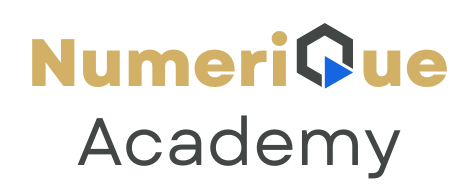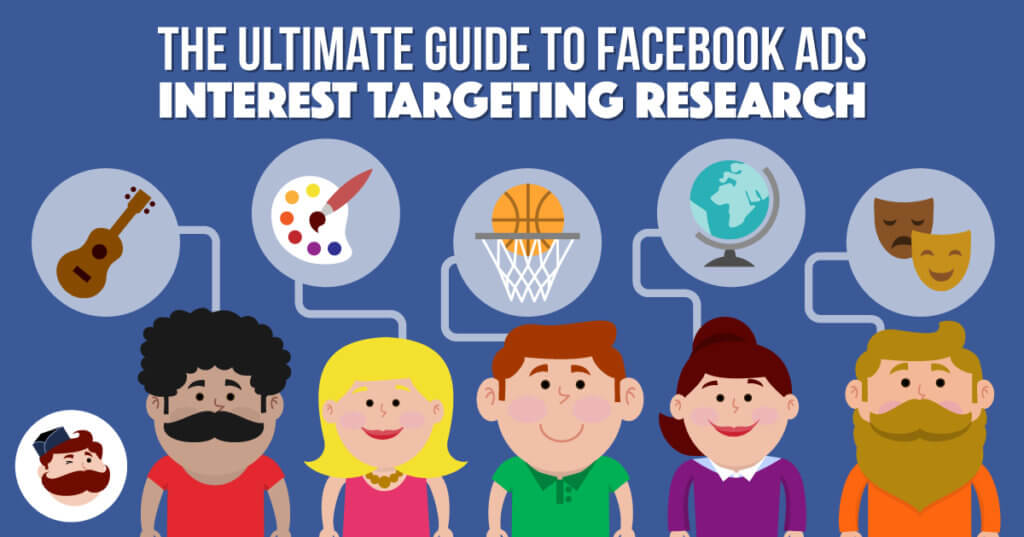If you’re still running Facebook Ads with basic interest targeting, you’re not just leaving money on the table — you’re probably wasting your budget. Meta’s ad ecosystem is one of the most sophisticated targeting machines available. And yet, most advertisers never go beyond surface-level tactics.
In this guide, we’ll dive into advanced Facebook ad targeting strategies that are designed to convert, not just reach.
1. Leverage Custom Audiences Like a Pro
Custom Audiences allow you to retarget people who already know your brand in some way — making them far more likely to convert.
High-Intent Custom Audiences:
- Website Visitors (last 7–30 days): Segment users by time range. People who visited recently are hotter leads.
- Add-to-Cart But Didn’t Purchase: Retarget them with urgency-based copy or an offer.
- Email Subscribers: Upload your email list and reconnect with them on Facebook.
- Engaged Users: Create a custom audience from video watchers (e.g., 75%+ of a 1-minute video).
Pro Tip: Layer these audiences by time and behavior for smarter funnels. For instance, show a testimonial ad to users who visited your pricing page but didn’t buy.
2. Build and Test Lookalike Audiences Strategically
Lookalike Audiences are Facebook’s secret weapon for scaling. But using them properly takes more than just clicking “1%.”
Best Practices:
- Seed Quality Over Size: Use high-value customer data (like top spenders or repeat buyers) as your source audience.
- Split-Test Lookalike Sizes: Run 1%, 2–5%, and 6–10% audiences separately — they perform differently depending on your offer and budget.
- Exclude Original Custom Audience: Prevent audience overlap and message fatigue.
Example: One client achieved a 3.8x ROAS by using a 1% lookalike of their most profitable customers and excluding their custom email list.
3. Master Retargeting Sequences (Not Just One-Off Ads)
Retargeting isn’t just about showing the same product again. Smart retargeting is about sequencing your messaging based on intent and timing.
Funnel-Based Retargeting Structure:
| Funnel Stage | Audience | Suggested Ad Type |
| Top of Funnel | Video viewers | Education-based content |
| Mid Funnel | Site visitors, lead magnets | Case study or testimonial |
| Bottom Funnel | Cart abandoners | Discount or limited-time offer |
Psychology Tip: Move from logical to emotional — first prove your value, then give people a reason to act now.
4. Use Behavioral + Demographic Layering
Basic interest targeting can be powerful when combined with behavioral and demographic filters.
Layer Examples:
- Parents + Engaged Shoppers + Interests in Kids’ Toys
- Business Owners + Recently Traveled Internationally + Interests in SaaS
- New Homeowners + Online Buyers + Interests in Interior Design
How to Apply:
Inside your Ad Set, use detailed targeting and choose:
- Interests
- Behaviors (e.g., online purchase behavior)
- Life Events (e.g., new job, anniversary)
Exclude non-relevant groups to fine-tune (e.g., exclude existing customers or irrelevant age ranges).
5. Use Exclusion Targeting to Avoid Ad Fatigue
Facebook rewards advertisers who protect user experience. That means avoiding over-exposure.
Smart Exclusion Examples:
- Exclude purchasers from seeing the same product ad again
- Exclude recent ad engagers from prospecting campaigns
- Exclude existing students (if you’re selling a course)
Pro Move: Create a “Seen Ad But Didn’t Click” audience and exclude them from warm targeting. That saves budget and protects your brand.
6. Try Geo-Fencing with Hyperlocal Targeting
If you’re advertising a local offer, narrowing down by location can increase relevancy — and ROI.
Tactics:
- Use pin drop location targeting and select a radius (e.g., 2 miles from your store or event)
- Combine with behavior filters (e.g., people who live in this location + are frequent travelers)
- Great for brick-and-mortar, local services, or geo-specific events
🗺 Works especially well for:
- Restaurants
- Local gyms or clinics
- Real estate agents
- Conferences or pop-ups
7. Run Split Tests on Targeting Variables Only
Many advertisers test creatives — few test targeting strategies head-to-head.
What to Split Test:
- Custom audience vs. Lookalike
- Interest A vs. Interest B
- Broad targeting vs. Detailed targeting
- Geographic regions (Urban vs Suburban, Country A vs B)
Use Facebook’s built-in A/B Test tool to isolate the variable and monitor results over 5–7 days.
Bonus: Analyze with Breakdowns & Attribution Windows
Once your campaign runs, don’t guess what’s working — use Breakdown Reports:
- By Age
- By Gender
- By Device (mobile vs desktop)
- By Placement (Instagram Feed vs Stories vs Facebook Feed)
Also test different attribution windows (1-day click vs 7-day click) to understand true buying behavior.
Final Thoughts: Stop Guessing, Start Segmenting
Advanced Facebook ad targeting isn’t about gimmicks — it’s about precision. When you segment properly, tailor your creative, and analyze your performance, your conversion rates climb and your ad spend becomes an investment, not a gamble.

